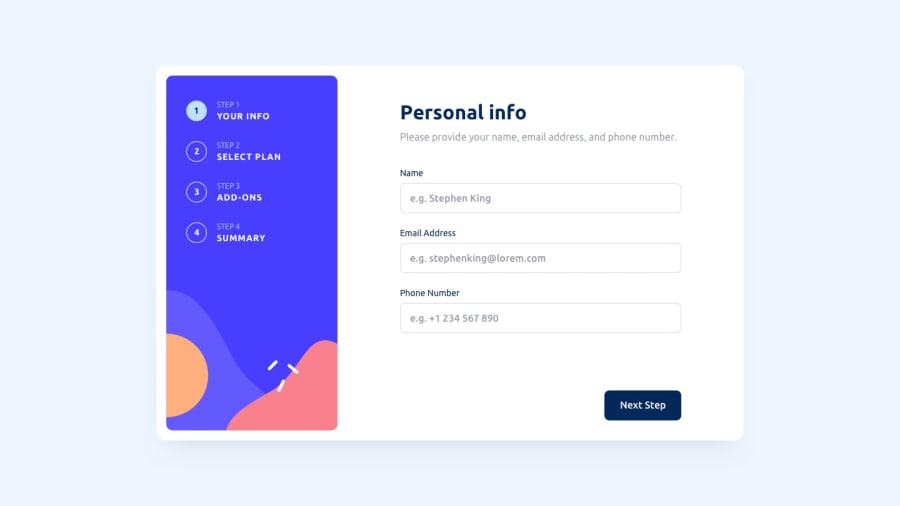
Design comparison
Solution retrospective
In this project, I've taken the opportunity to explore the capabilities of React Router Dom to create a smooth and intuitive navigation experience for users across different paths. 🚀 React Router Dom provides a powerful way to handle routing within a React application, making it easy for users to navigate to various sections of the app without having to reload the entire page.
One of the key features I've incorporated is the use of the useContext hook. By utilizing useContext, I've established a centralized data store that can be accessed from any point within the application. This approach ensures that important data remains accessible and consistent throughout various components, eliminating the need to pass data down through numerous layers of props. 🧭
The combination of React Router Dom and useContext not only enhances the user experience but also promotes efficient data management. Users can seamlessly transition between different paths while maintaining access to the data they need, making for a cohesive and engaging application. 🌟
I've found this combination to be a powerful way to structure projects that require dynamic routing and global data sharing. React Router Dom simplifies navigation, and useContext streamlines data accessibility, resulting in a more organized and maintainable codebase. Whether it's a multi-page website or a complex web application, this approach can contribute to building a more user-friendly and efficient frontend experience. 🏗️
Community feedback
Please log in to post a comment
Log in with GitHubJoin our Discord community
Join thousands of Frontend Mentor community members taking the challenges, sharing resources, helping each other, and chatting about all things front-end!
Join our Discord
